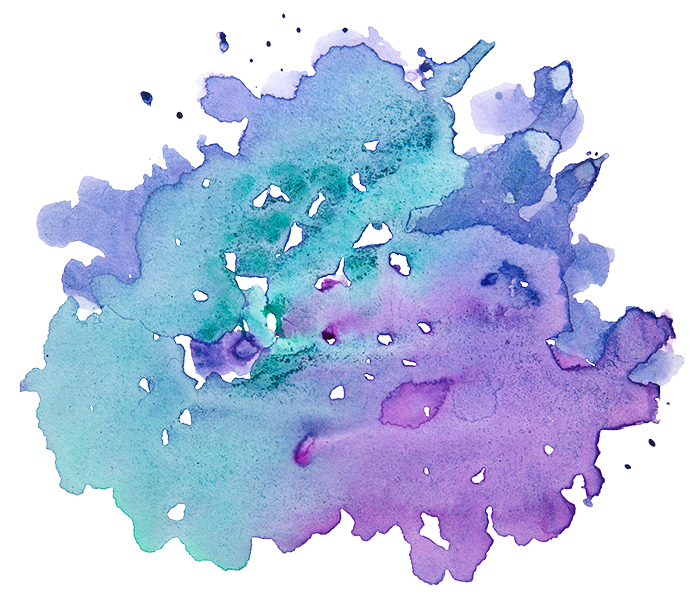by Bonita Sussman
 This past May, a delegation organized by Kulanu, an organization that supports returning, emerging, and isolated Jewish communities around the world, journeyed to Madagascar. It was the culmination of a long process that brought Malagasys into the Jewish faith through conversion.
This past May, a delegation organized by Kulanu, an organization that supports returning, emerging, and isolated Jewish communities around the world, journeyed to Madagascar. It was the culmination of a long process that brought Malagasys into the Jewish faith through conversion.
After ascertaining that all the men in Madagascar who wanted to convert to Judaism were proudly circumcised (in Madagascar all men are, per the cultural norm) and they only needed hatafat dam brit (a symbolic blood draw done with a hemoglobin needle used by diabetics), our focus was redirected toward the mikveh. It was actually the first question we asked more than two years ago and the last question to be resolved only four days before we arrived with the Beit Din (the Rabbinical Court) to perform the conversions for what we thought would be 60 people. Little did we know it would turn into 120!
Petoela, the communal leader tasked with the responsibility of determining the mikveh location, approached the Parks Department and asked if he could construct a temporary structure to be removed after the dunking. The answer was, “NO!” Thereafter ensued a flood of halachic (legal) questions to the Beit Din. Could they dunk with loose fitting clothes on? There seemed to be precedents in the rabbinic literature for this, but the general consensus was: it may be permitted, but if potential converts told people they immersed with clothes on, the established Jewish community would most likely denigrate their conversions. Doesn’t everyone know immersion for real conversion must be naked?
Petoela had to go back to the drawing board. He finally found a river about an hour and a half out of town, long bus rides away. It was deep enough, but Peteola still needed to shore up the concern of privacy. After another flurry of emails, we came up with a tarp and wood structure.
The men lined up to enter the changing room and dunked one at a time. The women and children did too. Dunk first, say the bracha (blessing), “asher kidshanu b’mitzvotav vstivanu al hat’vila.” It seems they all knew this bracha by heart with little coaching. Then two more times. The word, “kosher,” meaning that the immersion was done properly, from the mikveh lady and rabbis, must have sounded like words from heaven to the new converts.
After community members completed their immersions, the Beit Din drew them all together, the men first and then the women. Each group recited the Shema and V’ahavta followed by joyous dancing. 
When I told Elysha, one of the English- speaking Malagasy women, that I would be writing for Mayyim Hayyim about the Madagascar mikveh experience, I asked her what it meant to her. Elysha referred to the midrash that says that a convert becomes a like a new born baby. She said to me, “It is a unique experience to be reborn, I expected that moment for a long time. The mikveh was among the best days in my life.”
Bonita Nathan Sussman serves as Vice President of Kulanu. She is so glad to see that the Jewish men and women of Madagascar appreciated and valued the mitzvah of tevilah (immersion) as a cornerstone of their conversion. Mikveh is a mitzvah that has tied Jewish people together throughout Jewish history.

